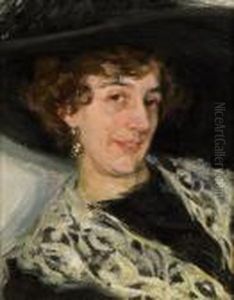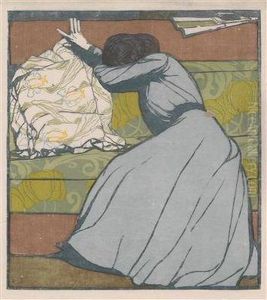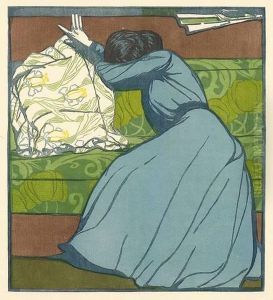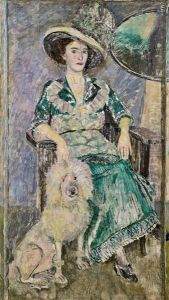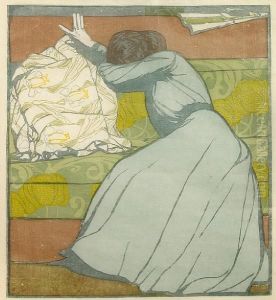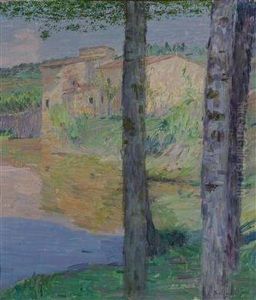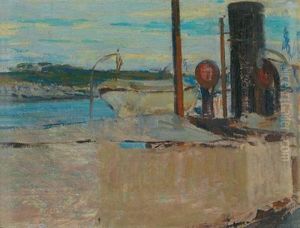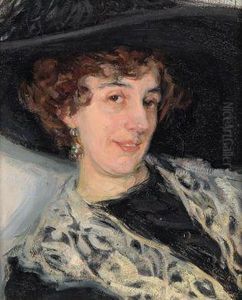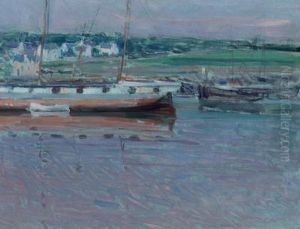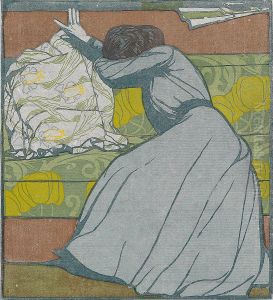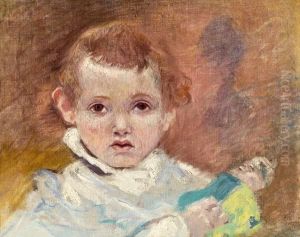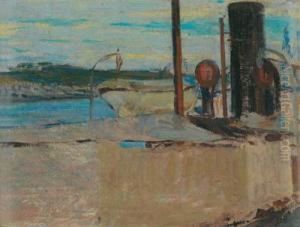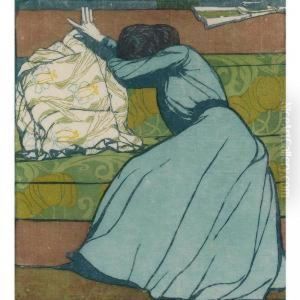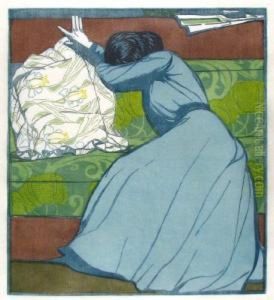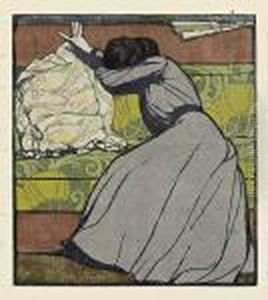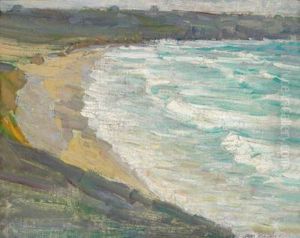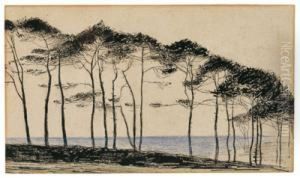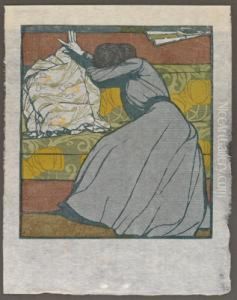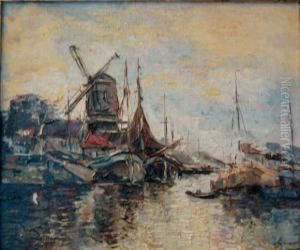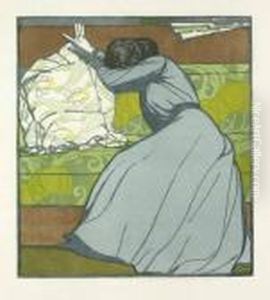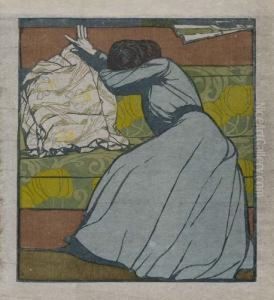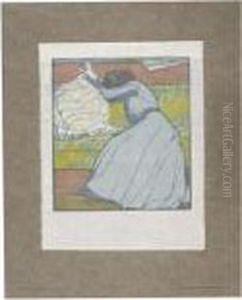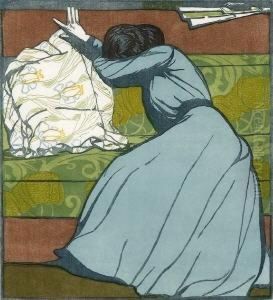Maximilian Kurzweil Paintings
Maximilian Kurzweil was an Austrian painter and graphic artist associated with the Vienna Secession movement, which sought to break away from the traditional academic art of the time. Born on October 12, 1867, in Bisenz, Moravia, then part of the Austro-Hungarian Empire, Kurzweil studied at the Academy of Fine Arts in Vienna under Christian Griepenkerl and later at the Académie Julian in Paris.
Kurzweil's style was influenced by the Symbolist movement, and he was particularly noted for his portraits and genre scenes that often depicted the bourgeoisie life with a sensitive and sometimes melancholic touch. He was a contemporary of Gustav Klimt and shared the desire to explore new artistic directions, emphasizing the decorative and sensual qualities of art.
Despite his association with the Vienna Secession, Kurzweil was a more conservative figure within the movement. His work did not fully embrace the radical departure from traditionalism that characterized some of his peers. However, his contributions to graphic art were significant, including his participation in the publication 'Ver Sacrum', the official magazine of the Vienna Secession.
Kurzweil's life was marked by personal tragedy, and he struggled with depression. This turmoil is sometimes reflected in his works, which can exhibit a profound sense of introspection and emotional depth. He served as a professor at the Women's Art School in Vienna, where he met his student and future collaborator Helene Heger.
The circumstances of his death were tragic. Maximilian Kurzweil died by suicide on May 9, 1916, in Vienna, at the age of 48, reportedly due to a troubled personal life, including a complex relationship with Heger. His legacy, though somewhat overshadowed by more prominent members of the Vienna Secession, remains integral to the understanding of Austrian art at the turn of the 20th century.
